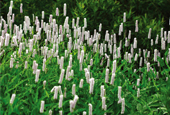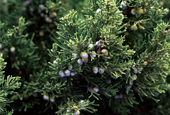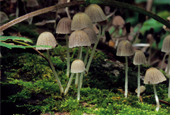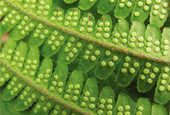View this article in another language
- 한국어
- English
- 日本語
- 中文
- العربية
- Español
- Français
- Deutsch
- Pусский
- Tiếng Việt
- Indonesian
Flora & Fauna of Korea #12
Korea.net publishes a series of articles, “Nature You Meet in the Mountains,” about the peninsula’s mushrooms, insects, trees and herbs & flowers.
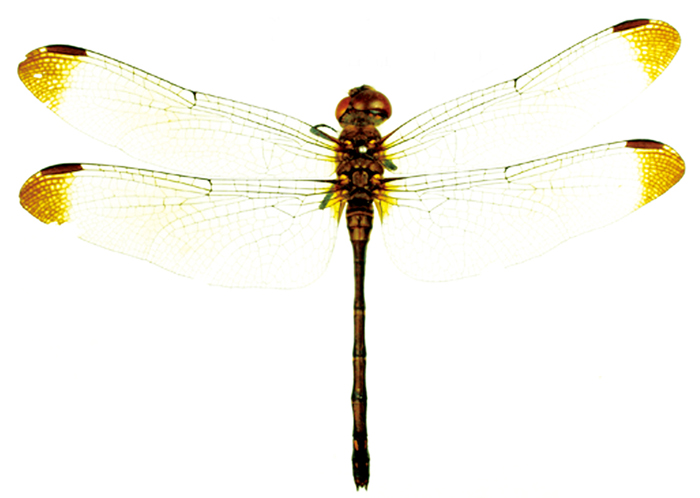
Insects
Name: 깃동잠자리 Gitdong jamjari
Scientific name: Sympetrum infuscatum (Selys)
Distribution: Korea, China, Japan, Taiwan
This dragonfly has an abdomen of 25 to 30 millimeters long and a wingspan of 28 to 37 millimeters wide. The females are relatively a little larger than the males and have smaller and darker patterns on the wing edges than the males. Both sexes have black stripes on the thorax and the abdomen. Bold, black stripes can also be seen on the sides of the thorax. Fully mature males are reddish brown.
Ecology: They can be mostly observed around ponds and in the hills and valleys. Adults can be seen from June to November in and around orchards and farmland. They live in the forest in the summer and come close to the waterside in the autumn to mate.
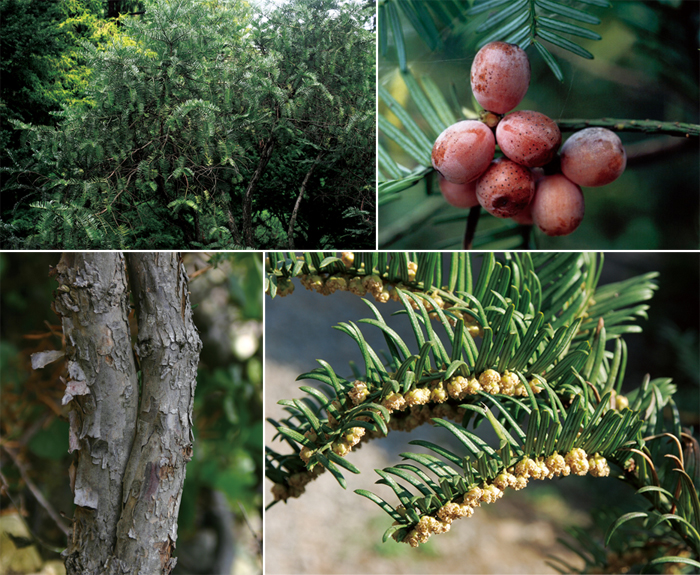
Trees
Name: 개비자나무 Gaebijanamu
Scientific name: Cephalotaxus koreana Nakai
Type: evergreen with needles
Blooming season: March to April
Bearing season: September
Distribution: south central region of the peninsula
This mountain tree, commonly known as the Korean plum yew, grows to an average height of three meters. The bark is dark brown and can be cracked lengthwise. Young branches and twigs are green. The leaves are needle-like and have stomatas in two rows on the underside. This dioecious tree gives bloom to an oblate spheroid male flower and to two female flowers at the same time. The fruit is surrounded by a fleshy aril, like a drupe or berry. The seeds are brown and mature in one year’s time.
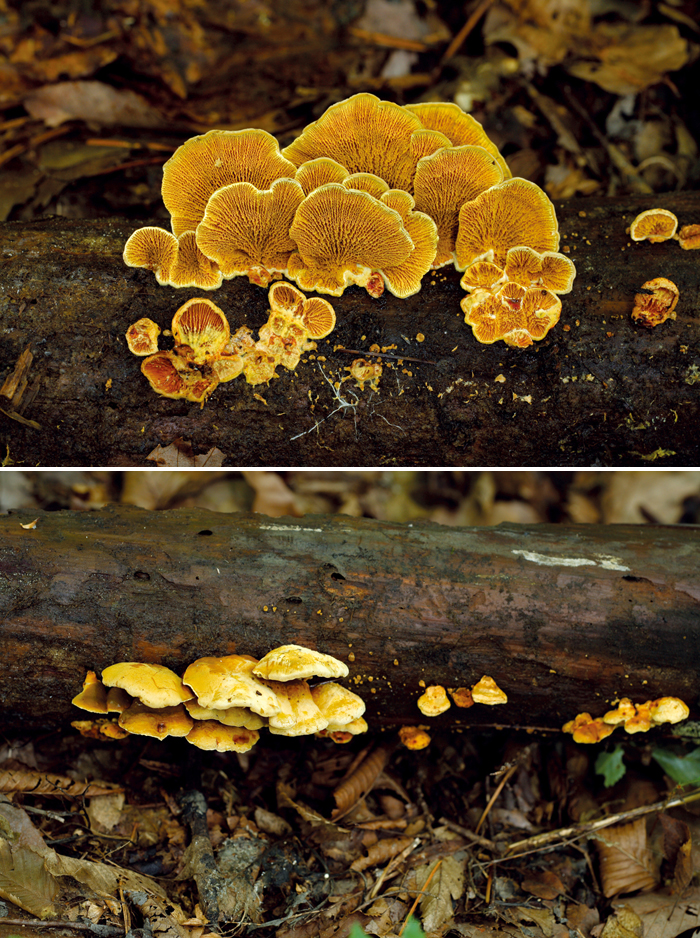
Mushrooms
Name: 꽃잎우단버섯 Ggonnip udan beoseot
Scientific name: Pseudomerulius curtisii (Berk.) Redhead & Ginns
Type: saprophile spore
Print: yellow
Inedible
This inedible mushroom grows overlapped on logs and conifers, like pine trees. It causes a brown rot on the wood. The pileus is 2 to 5 centimeters in diameter, is either round or fan-shaped and has no stalk. The surface is flat, wide and yellow. The edges tend to be strongly rolled inwards. The pleats are darker yellow than the pileus and turn to a yellowish green with the passage of time. It is densely, but randomly, arranged, both easily shrinks and ramifies and has vertical pleats.
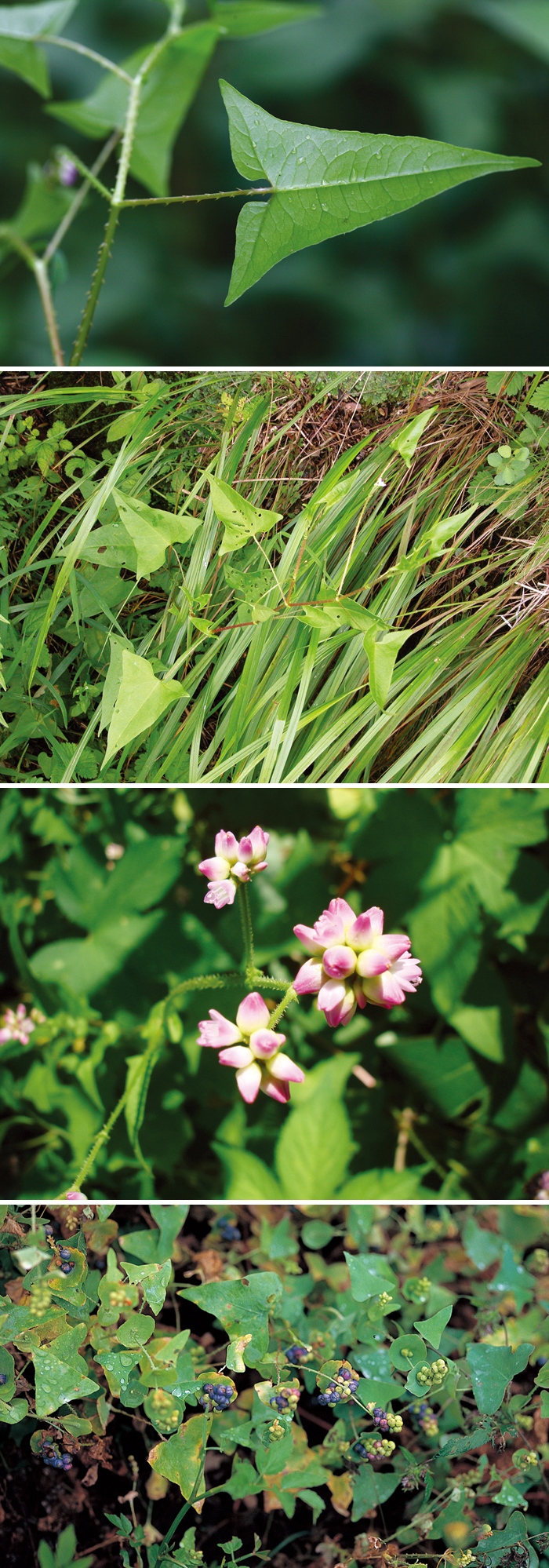
Herbs & Flowers
Name: 가시덩굴여뀌 Gasideonggulyeoggwi
Scientific name: Persicaria senticosa (Meisn.) H.Gross ex Nakai
Blooming season: July to August
Distribution: nationwide
This annual plant grows to 1 to 2 meters on the edge of mountains and in dry fields. The thorns on the branches easily stick to things. The leaves are alternating and are triangular in shape. The leafstalk is long and has hook-shaped thorns. The stipules form at the base of the leafstalk. Tiny pink flowers bloom in round clusters. It bears round fruit and it goes black when mature.
*This series of article about Korea’s insects, trees, mushrooms and herbs & flowers has been made possible through the cooperation of the Korea National Arboretum.
Korea.net publishes a series of articles, “Nature You Meet in the Mountains,” about the peninsula’s mushrooms, insects, trees and herbs & flowers.

Insects
Name: 깃동잠자리 Gitdong jamjari
Scientific name: Sympetrum infuscatum (Selys)
Distribution: Korea, China, Japan, Taiwan
This dragonfly has an abdomen of 25 to 30 millimeters long and a wingspan of 28 to 37 millimeters wide. The females are relatively a little larger than the males and have smaller and darker patterns on the wing edges than the males. Both sexes have black stripes on the thorax and the abdomen. Bold, black stripes can also be seen on the sides of the thorax. Fully mature males are reddish brown.
Ecology: They can be mostly observed around ponds and in the hills and valleys. Adults can be seen from June to November in and around orchards and farmland. They live in the forest in the summer and come close to the waterside in the autumn to mate.

Trees
Name: 개비자나무 Gaebijanamu
Scientific name: Cephalotaxus koreana Nakai
Type: evergreen with needles
Blooming season: March to April
Bearing season: September
Distribution: south central region of the peninsula
This mountain tree, commonly known as the Korean plum yew, grows to an average height of three meters. The bark is dark brown and can be cracked lengthwise. Young branches and twigs are green. The leaves are needle-like and have stomatas in two rows on the underside. This dioecious tree gives bloom to an oblate spheroid male flower and to two female flowers at the same time. The fruit is surrounded by a fleshy aril, like a drupe or berry. The seeds are brown and mature in one year’s time.

Mushrooms
Name: 꽃잎우단버섯 Ggonnip udan beoseot
Scientific name: Pseudomerulius curtisii (Berk.) Redhead & Ginns
Type: saprophile spore
Print: yellow
Inedible
This inedible mushroom grows overlapped on logs and conifers, like pine trees. It causes a brown rot on the wood. The pileus is 2 to 5 centimeters in diameter, is either round or fan-shaped and has no stalk. The surface is flat, wide and yellow. The edges tend to be strongly rolled inwards. The pleats are darker yellow than the pileus and turn to a yellowish green with the passage of time. It is densely, but randomly, arranged, both easily shrinks and ramifies and has vertical pleats.

Herbs & Flowers
Name: 가시덩굴여뀌 Gasideonggulyeoggwi
Scientific name: Persicaria senticosa (Meisn.) H.Gross ex Nakai
Blooming season: July to August
Distribution: nationwide
This annual plant grows to 1 to 2 meters on the edge of mountains and in dry fields. The thorns on the branches easily stick to things. The leaves are alternating and are triangular in shape. The leafstalk is long and has hook-shaped thorns. The stipules form at the base of the leafstalk. Tiny pink flowers bloom in round clusters. It bears round fruit and it goes black when mature.
*This series of article about Korea’s insects, trees, mushrooms and herbs & flowers has been made possible through the cooperation of the Korea National Arboretum.
